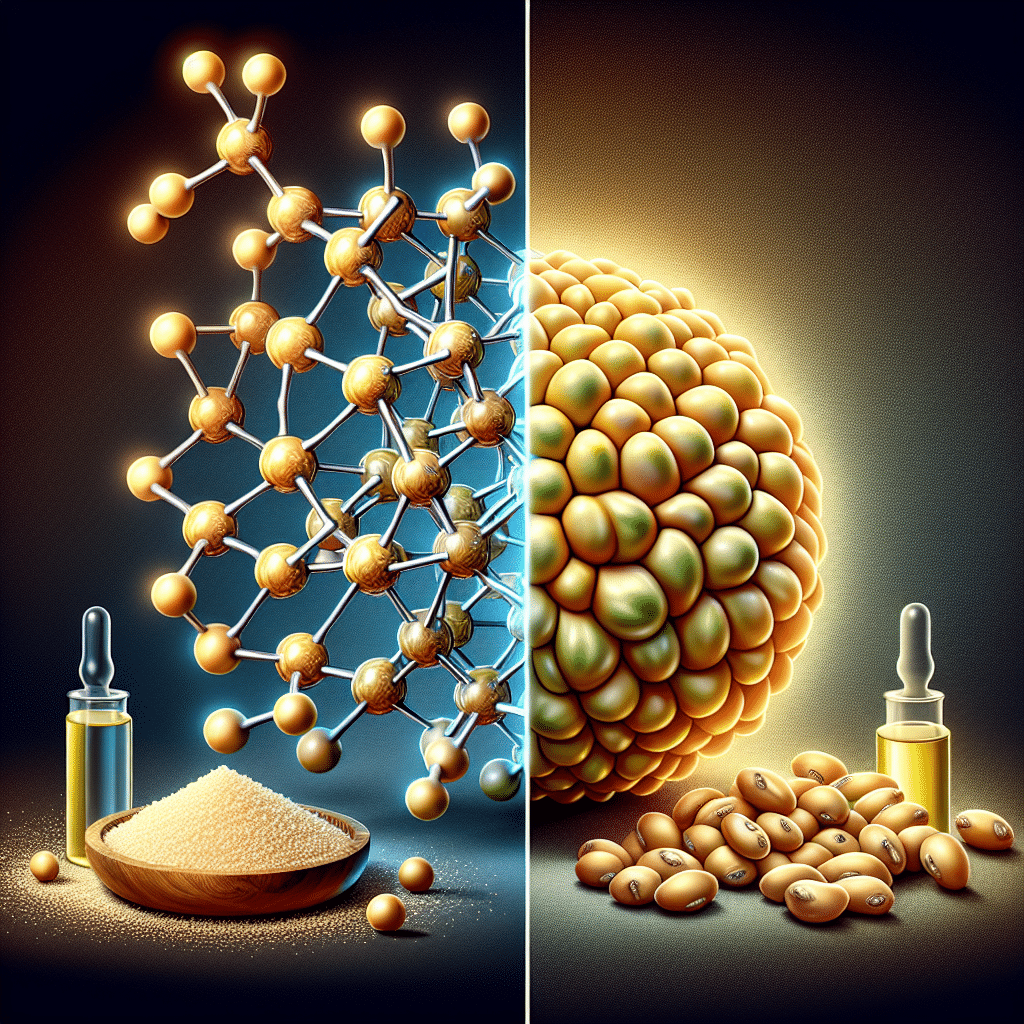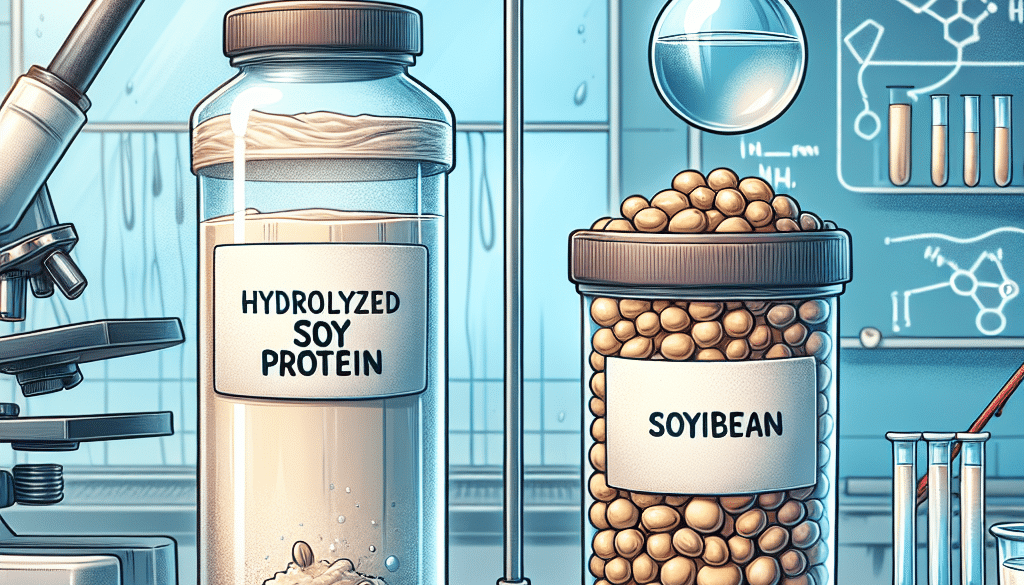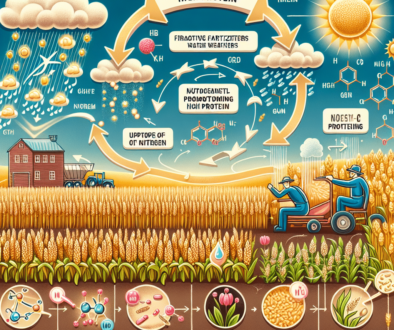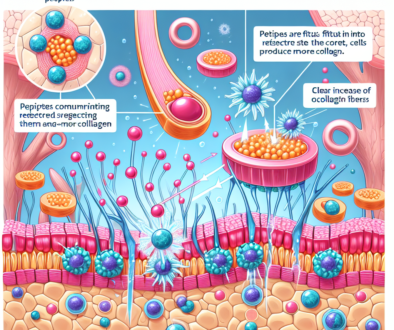Is Hydrolyzed Soy Protein The Same As Soybean?
-
Table of Contents
- Hydrolyzed Soy Protein vs. Soybean: Understanding the Differences
- What is Soybean?
- What is Hydrolyzed Soy Protein?
- Production Process: From Soybean to Hydrolyzed Protein
- Nutritional Comparison: Hydrolyzed Soy Protein vs. Soybean
- Applications in Food and Industry
- Health Implications and Dietary Considerations
- Environmental and Sustainability Considerations
- Conclusion: Key Takeaways
- Discover ETprotein’s High-Quality Soy Proteins
Hydrolyzed Soy Protein vs. Soybean: Understanding the Differences

When it comes to plant-based proteins, soy is one of the most popular and versatile sources available. However, there is often confusion between soy products, particularly when comparing hydrolyzed soy protein to whole soybeans. This article will delve into the distinctions between these two forms of soy, their production processes, nutritional profiles, and applications, providing a comprehensive understanding of each.
What is Soybean?
Soybeans are legumes native to East Asia and are considered a staple in many diets around the world. They are a whole food and serve as the source material for various soy products. Soybeans are rich in protein, dietary fiber, and essential nutrients, making them a valuable addition to any diet.
What is Hydrolyzed Soy Protein?
Hydrolyzed soy protein is a derivative of soybeans, created through a process called hydrolysis. This involves breaking down the proteins in soybeans into smaller peptide chains and amino acids using water and enzymes or acids. The result is a highly digestible form of protein that is often used as an additive in food products.
Production Process: From Soybean to Hydrolyzed Protein
The journey from soybean to hydrolyzed soy protein involves several steps:
- Extraction: Soy protein is extracted from the ground soybeans, separating it from the fats, carbohydrates, and fibers.
- Hydrolysis: The extracted soy protein undergoes hydrolysis, breaking down the protein structure into smaller components.
- Purification: The hydrolyzed protein is then purified to remove any non-protein elements, resulting in a concentrated protein product.
This process not only alters the protein’s structure but also its functionality and how it’s used in various industries.
Nutritional Comparison: Hydrolyzed Soy Protein vs. Soybean
While both hydrolyzed soy protein and whole soybeans are derived from the same plant, their nutritional profiles differ significantly:
- Protein Content: Hydrolyzed soy protein is almost pure protein, whereas whole soybeans contain protein along with carbohydrates, fats, and fiber.
- Amino Acid Profile: Both contain all essential amino acids, but hydrolyzed soy protein may have a higher concentration due to the removal of other macronutrients.
- Other Nutrients: Whole soybeans offer additional nutrients like omega-3 fatty acids, vitamins, and minerals that may be reduced or absent in hydrolyzed soy protein.
Applications in Food and Industry
Hydrolyzed soy protein and whole soybeans are used differently in the food industry and beyond:
- Hydrolyzed Soy Protein: Commonly found in processed foods, meat products, sauces, and as a dietary supplement due to its solubility and ability to enhance flavor and texture.
- Whole Soybeans: Used in a variety of foods such as tofu, tempeh, soy milk, and as a meat substitute in vegetarian and vegan diets.
These differences in application stem from the distinct properties of each form of soy.
Health Implications and Dietary Considerations
Both hydrolyzed soy protein and whole soybeans have health implications that should be considered:
- Allergenic Potential: Soy is a common allergen, and hydrolyzed soy protein may retain allergenic properties despite the hydrolysis process.
- Phytoestrogens: Soy contains compounds called phytoestrogens, which can mimic estrogen in the body. The impact of these compounds is a topic of ongoing research.
- Processing: Hydrolyzed soy protein is more processed than whole soybeans, which may concern those seeking whole, minimally processed foods.
It’s important to consider these factors when incorporating soy into your diet.
Environmental and Sustainability Considerations
The production of soy, whether for whole soybeans or hydrolyzed protein, has environmental implications:
- Land Use: Soy cultivation requires significant land, which can lead to deforestation and habitat loss.
- Pesticides: Soy crops are often treated with pesticides, which can have ecological impacts.
- Genetic Modification: Many soy crops are genetically modified for better yield and pest resistance, raising concerns for some consumers.
Choosing sustainably sourced soy products can help mitigate these concerns.
Conclusion: Key Takeaways
In conclusion, hydrolyzed soy protein and whole soybeans are not the same. Hydrolyzed soy protein is a highly processed form of soy that is almost exclusively protein, while whole soybeans are a natural source of protein along with other nutrients. Each has its own set of applications, health implications, and environmental considerations. Understanding these differences can help consumers make informed choices about their soy consumption.
Discover ETprotein’s High-Quality Soy Proteins
If you’re looking for premium soy protein products, ETprotein offers a range of options that cater to various needs. Their commitment to quality and sustainability makes them a top choice for consumers and manufacturers alike. Explore their offerings to find the perfect soy protein solution for your dietary requirements or product formulations.
About ETprotein:
ETprotein, a reputable protein and L-(+)-Ergothioneine (EGT) Chinese factory manufacturer and supplier, is renowned for producing, stocking, exporting, and delivering the highest quality organic bulk vegan proteins and L-(+)-Ergothioneine. They include Organic rice protein, clear rice protein, pea protein, clear pea protein, watermelon seed protein, pumpkin seed protein, sunflower seed protein, mung bean protein, peanut protein, and L-(+)-Ergothioneine EGT Pharmaceutical grade, L-(+)-Ergothioneine EGT food grade, L-(+)-Ergothioneine EGT cosmetic grade, L-(+)-Ergothioneine EGT reference grade and L-(+)-Ergothioneine EGT standard. Their offerings, characterized by a neutral taste, non-GMO, allergen-free attributes, with L-(+)-Ergothioneine purity over 98%, 99%, cater to a diverse range of industries. They serve nutraceutical, pharmaceutical, cosmeceutical, veterinary, as well as food and beverage finished product distributors, traders, and manufacturers across Europe, USA, Canada, Australia, Thailand, Japan, Korea, Brazil, and Chile, among others.
ETprotein specialization includes exporting and delivering tailor-made protein powder and finished nutritional supplements. Their extensive product range covers sectors like Food and Beverage, Sports Nutrition, Weight Management, Dietary Supplements, Health and Wellness Products, and Infant Formula, ensuring comprehensive solutions to meet all your protein needs.
As a trusted company by leading global food and beverage brands and Fortune 500 companies, ETprotein reinforces China’s reputation in the global arena. For more information or to sample their products, please contact them and email sales(at)ETprotein.com today.














